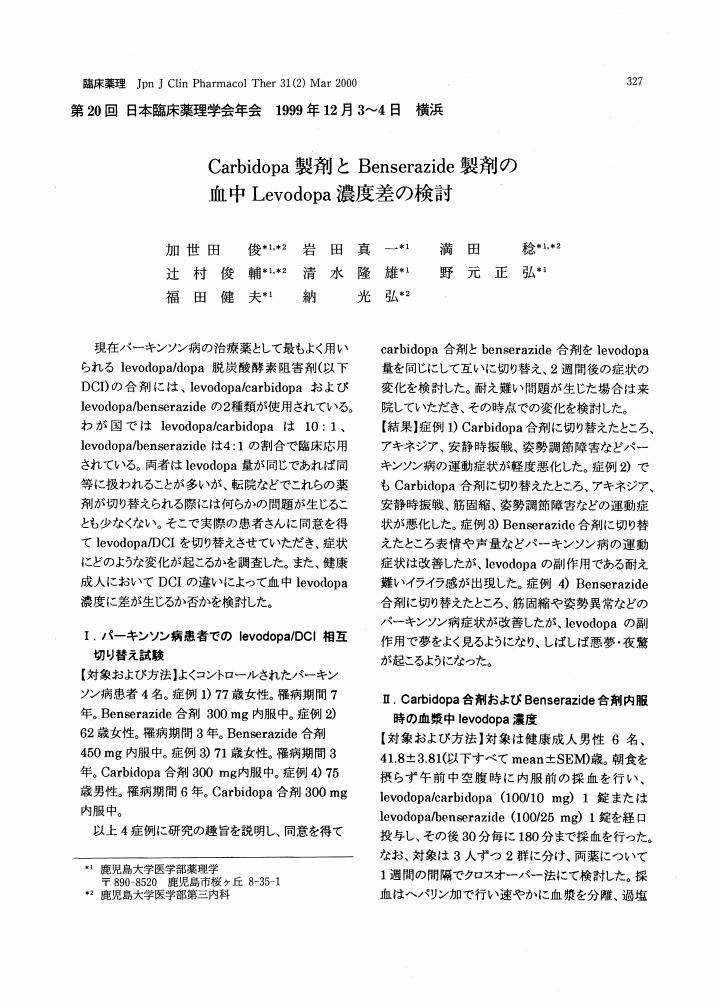1 0 0 0 IR 大逆転負けに関する研究--大学女子バスケットボールの試合の分析を通して
- 著者
- 岩田 真一 Shinichi Iwata
- 出版者
- 日本女子体育大学
- 雑誌
- 日本女子体育大学紀要 (ISSN:02850095)
- 巻号頁・発行日
- vol.38, pp.13-19, 2008-03
This study targeted a basketball game and focused on the games in which a team blew the lead and lost the game though it had widened the gap and had taken a big lead at some point during the game. The purpose of the study was to analyze the following matters and to review how a team blew the lead and lost the game. The matters were as follows: ① How many points could be turned around? ② How often did such a game occur? ③ If a team took a big lead, how was the subsequent intermediate step of the game? The surveyed games were 336 in total in the Kanto Female Students Basketball Tournament (First division) during 6 years from 2001 to 2006. According to the survey results, there were multiple games in which a team blew the lead and lost the game though it had a maximum lead of 20 points at the close of the second period and a maximum lead of 15 points at the close of the third period. In 30 games, a team took a lead by 16 to 20 points at the close of the second period. Of these games, a team won subsequently in 27 games and a team blew the lead and lost the game in 3 games. The analysis of an average point scored and lost of the team having a lead showed that the team had gained fewer points and had given more points away in the third period rather than in the second period on a statistically-significant level. According to these analyses, it became clear that the team taking a big lead at the close of the former part of the game (the second period) had not been able to gain more points and overpower the opposing team as energetically as ever in the third period just after widening the gap, aside from the result whether it had finally won or lost the game. And this was considered to be one of the causes for a team to blow the big lead and lose the game.
1 0 0 0 中学生の踵骨骨量と体格・生活習慣との関連について
- 著者
- 坂田 悍教 佐藤 雄二 藤縄 理 新藤 良枝 須田 桃子 上原 美子 北沢 潤 岩田 真一 山本 眞由美
- 出版者
- 埼玉県立大学
- 雑誌
- 埼玉県立大学紀要 (ISSN:13458582)
- 巻号頁・発行日
- vol.6, pp.1-8, 2004
- 被引用文献数
- 1
中学1年生、男子91名、女子88名、179名を対象に運動、食生活、日常生活習慣と骨量についての関連を検討した。骨量の測定は、超音波骨量測定装置を使用、右踵骨で測定した。骨量は、女子が男子に比較して有意に高値を示した。男子の骨量は身長と正の相関示したが、女子では骨量と体格の間に相関は認められなかった。骨量と食生活習慣では、女子の肉類摂取で影響が見られたが、牛乳、魚、生野菜、豆類、スナック菓子、炭酸飲料、コ-ヒ-類の摂取状況の相違による骨量の差は男女とも見出せなかった。女子において運動の有無、徒歩通学時間は骨量への影響因子となったが、男子では関連を示さなかった。中学1年(12歳)の骨量は、多様性がみられ、発育を加味した縦断的な調査・研究が必要と考えられた。
